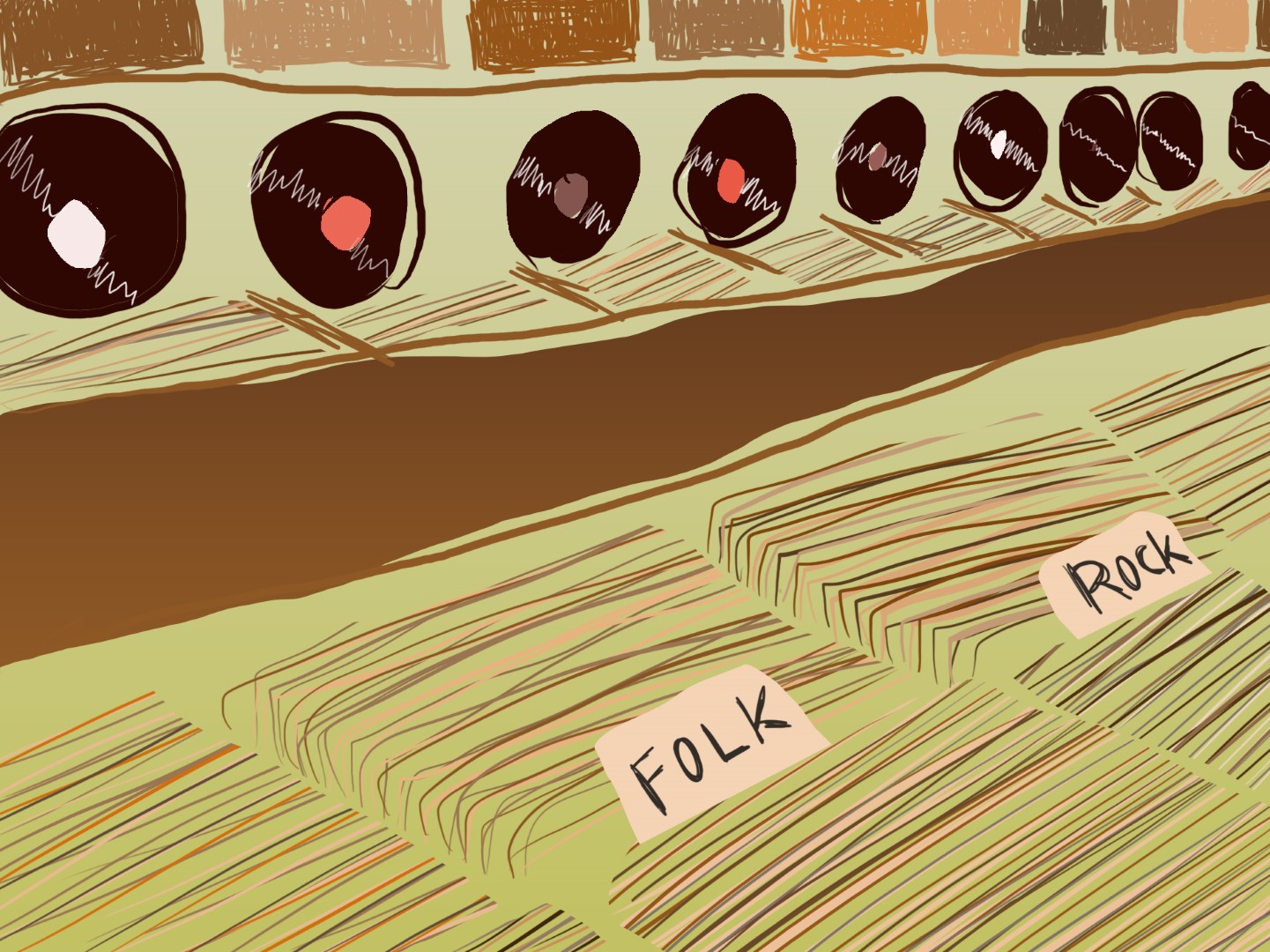
How the now rarely-used script started, and where it’s going
By Greg Waldock, Staff Writer
Looking at it objectively, cursive writing is weird. It’s a fancy second alphabet for the English language, it has basically no unwritten social rules for how and when to use it, and it’s rarely even taught outside of very basic elementary school courses in recent years. Despite that, cursive is a fascinating and important part of the written English language, and one that may end up being forgotten all too soon.
Cursive, also known as handwriting, longhand, and occasionally italics, is outstandingly old. We have no idea exactly when it starts or where it came from. Some academics believe it was inspired by the flowing single-line writing of Arabic philosophers in the Early Middle Ages, but this is just conjecture. It showed up well before the turn of the first millennium in Latin and Old English writings, but became a more “formal” way of writing in the 17th Century. Before this, cursive, like the rest of the English language, was not standardized, meaning that grammar and spelling was all over the place. It was used largely for important legal or financial documents and for long-distance letters, which were used often in the era as literacy rose and the English Empire spread further and further around the globe. Cursive was eventually taught in the growing English public-school system.
The idea behind using cursive in the first place is to allow a faster and more fluid writing style, moving smoothly from one letter to the next without lifting the pen from the paper. Obviously, technological advancements have rendered cursive useless in the long official documents it was originally for. However, its roots have always been in the classroom, and that’s where it continues to exist today. Many students prefer cursive over typing on a laptop, because writing something helps you retain information, as opposed to typing it out—and handwriting notes allows for the speed necessary when in a lecture hall. So it’s likely within secondary and post-secondary education that English’s second script is still used the most. If it weren’t for students, it would probably be relegated solely to signatures on cheques. Sadly, it may be gone within a few generations as those classroom roots are pulled up to make way for increasingly important computer skills.
Over the past two or three decades, cursive has been slowly replaced in Western curriculum with courses in typing proficiency and very basic programming. This may lead cursive to being a sort of lost art of the English language, never regularly practiced by anyone except hobbyists as calligraphy is now. No major efforts have been made yet to preserve it in the school, and its usefulness in our culture is often questioned by both students and teachers. The last days of cursive may be coming, but it remains an important example of how old a proper linguistic tradition can be.


